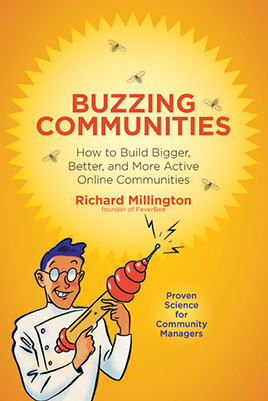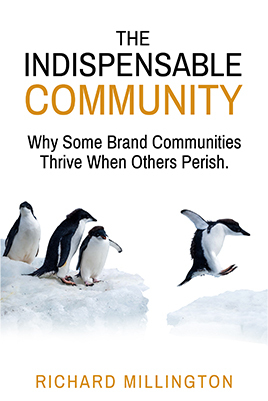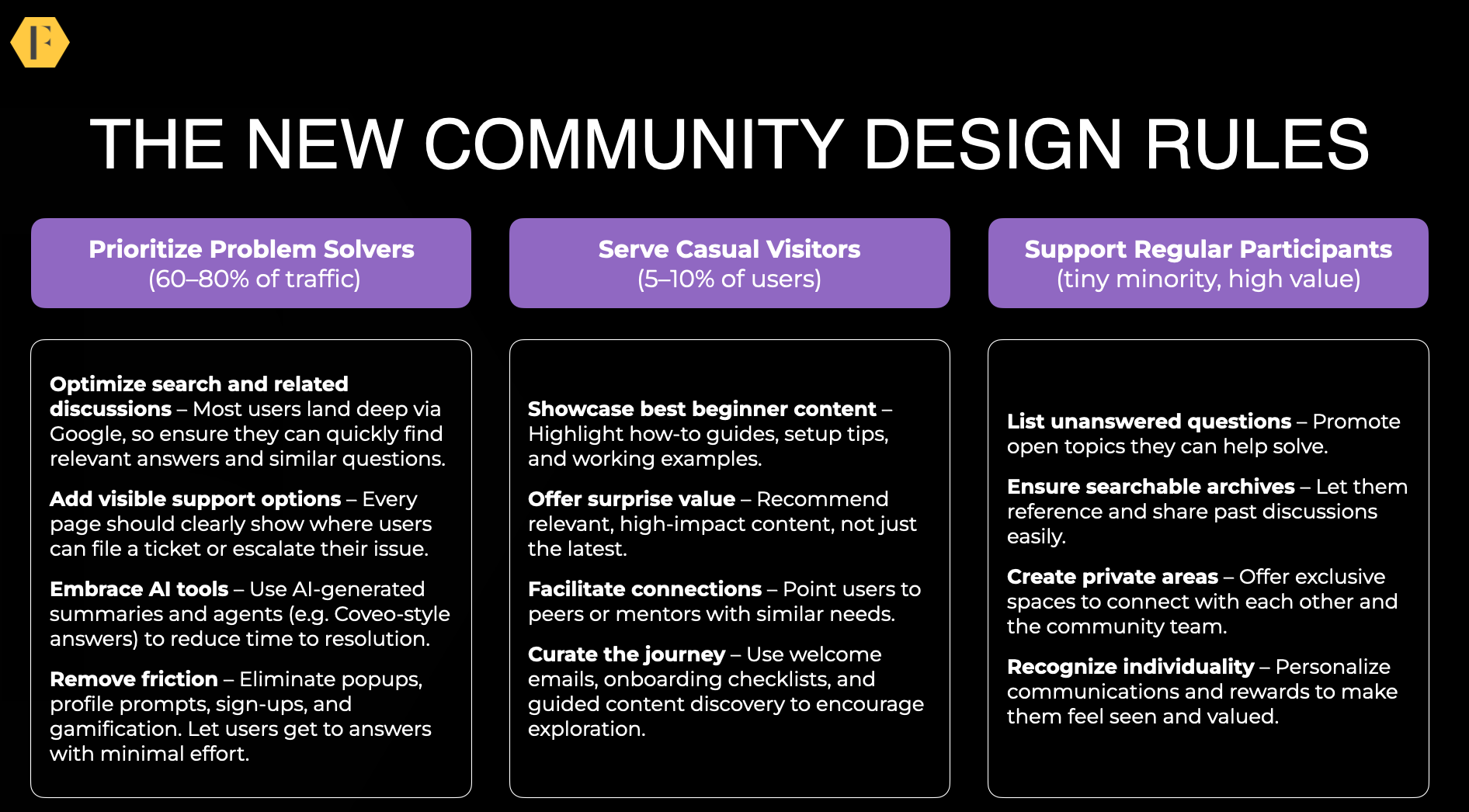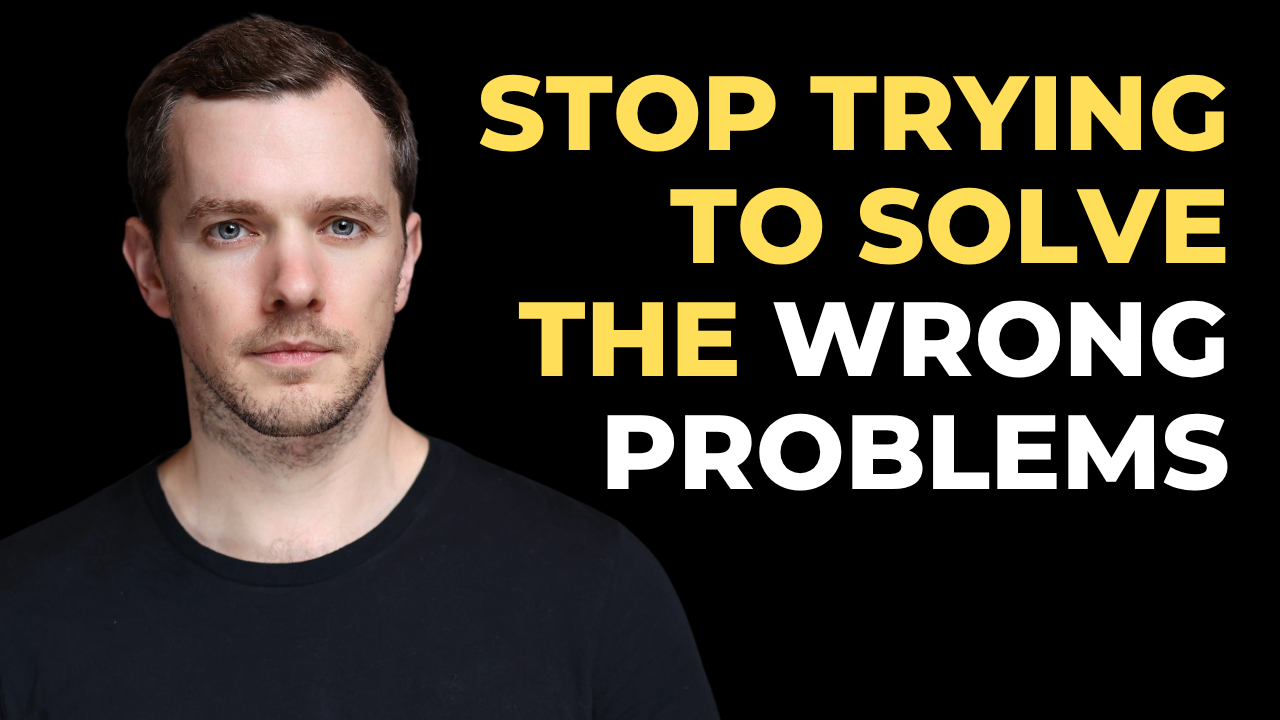Too many community teams pluck targets out of thin air and it needs to stop.
Here’s a typical example. A community that attracts 15k visitors per week will set themselves a target of attracting 20k visitors per week within 6 months.
Why 20k you (hopefully) ask? ‘Because it’s a nice round number!’
Can you imagine a more ridiculous way to set a target for a community? You’re holding yourself accountable to a target that doesn’t relate to anything.
There are five things to consider when setting targets for a community.
1) Trendline. If your community engagement was 30k per week two years ago, 20k per week last year, and 15k per week this year – it’s silly to expect you can reverse the trendline and deliver a 20k uplift in the short-term. Simply halting the decline could be a big win. Equally, if the trend shows 100% monthly growth in the community, going from 15k to 20k might be far too small of a target.
2) Potential. One community team I worked with accidentally set themselves a goal of attracting more community participants than they had customers. Another had a goal of deflecting more support tickets than the company was receiving. You need a reasonable estimate of the community’s full potential and an appreciation that the greater the % of the total audience in your community, the harder it becomes to attract the remainder.
3) Ratios. How many customers typically contact support? Visit your website? Click on links in your newsletter. You need some estimate of how many people in the community you can meaningfully reach. If you want the community to outgrow the organisation’s growth rate, you have to figure out how to improve these ratios.
4) Resources. If you’re expected to achieve a 20% increase in participation with a 0% increase in resources, that’s not going to be easy. If you’re facing a resource cut, simply keeping what you have might be a win. If you’re expected to drive improvement without more resources, you have to be really clear about what new activity you’re going to undertake and the trade-offs you expect.
Organisation needs. In a perfect world, you can use the above four to set realistic targets. In reality, organisations like to believe setting higher targets (miraculously) drives better results. It doesn’t, but that doesn’t mean you shouldn’t be aware of what targets can feasibly be accepted. Make sure in meetings here you have data from the previous four bullet points.
p.s. If you’re just launching a community, here’s an overly simple resource to estimate how many members you should have (if this link doesn’t work, visit this post and click at the bottom)





